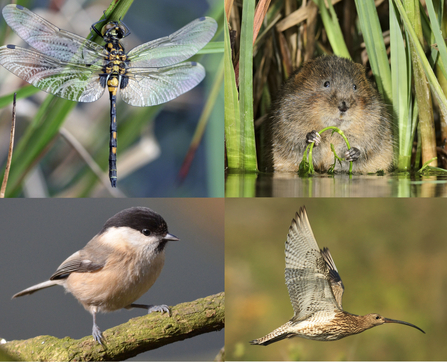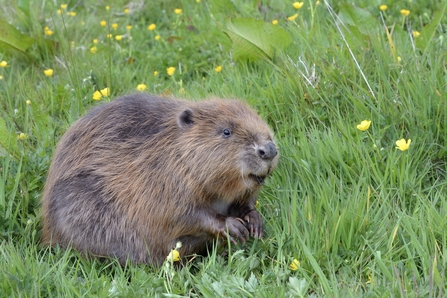Today the Prime Minister committed to protecting 30 percent of the UK’s land by 2030 to support the recovery of nature.
This coincides with The Wildlife Trust’s nationwide public appeal launched this week to raise £30 million to start putting nature into recovery across at least 30% of land and sea by 2030.
Staffordshire Wildlife Trust welcomes the Prime Minister’s announcement, however, they have concerns that this commitment falls short. Currently the Government states that 26% of the country is already protected and set aside for wildlife, but this is sadly not the case. Most people need only look out the window or walk through their local neighbourhood to see that this is plainly untrue.




